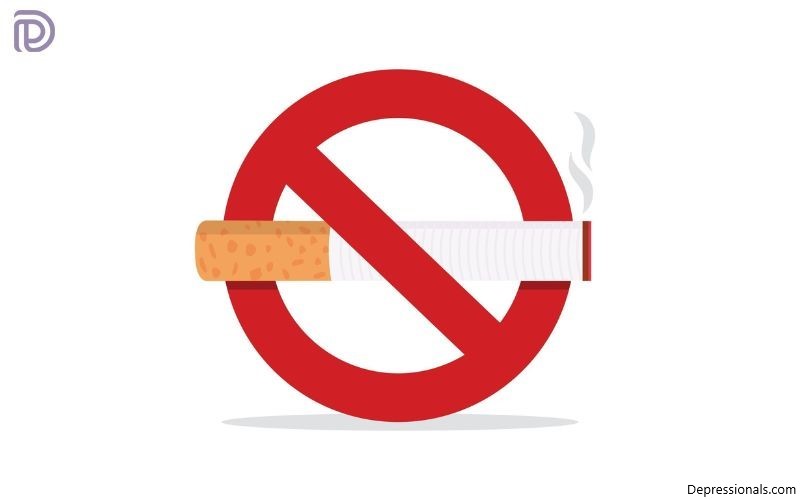A survey on cigarette smoking in the US revealed that 13.7% or around 34.2 million Americans were current cigarette smokers in 2018. Although numbers are gradually declining, these figures are alarming since cigarette smoking can lead to a dependence on tobacco, called tobacco use disorder. As mentioned in our article on ‘Tobacco Use Disorder’, it will be challenging to stop smoking or smoking cessation in the future if you have a tobacco use disorder because you can experience withdrawal symptoms, such as anxiety and irritability.
However, medical or psychological interventions available today can help you slowly and safely overcome your tobacco dependence effectively.
Read: Applied Behavior Analysis (ABA)
Nicotine replacement therapy
Nicotine replacement therapy (NRT) uses nicotine alternatives, such as nicotine pouches, patches, and lozenges, to help you overcome tobacco dependence without severely experiencing withdrawal symptoms. Because these alternatives contain nicotine but not harmful tobacco chemicals, they allow you to receive nicotine in steady amounts until you slowly reduce your tobacco dependence. According to the American Cancer Society, many studies have shown that using NRT can nearly double the chances of smoking cessation.
There are various NRT products you can use depending on your preference and usage, and one of them is ZYN nicotine pouches. Apart from being tobacco-free, these products show how nicotine pouches are great oral substitutes because they don’t leave teeth stains or bad breath even after use. They also come in various flavors like coffee, mint, wintergreen, and cinnamon, allowing you to choose flavors based on your preferences.
Another type of NRT product is nicotine skin patches. Unlike the pouches, skin patches from brands like NicoDerm CQ are used externally. They come in higher doses, allowing you to use one skin patch for up to 24 hours. Most skin patches are also placed on the upper body, like the upper arm or chest, meaning you can easily hide these patches when you go outside. Because of this, they can offer discreet and long-lasting usage for those who prefer nicotine in steady doses.
Read: What is Hypnotherapy?
Cognitive behavioral therapy
Cognitive behavioral therapy (CBT) is another well-established and effective intervention for smoking cessation. Christine Vinci explained that CBT is a therapeutic approach for treating problematic behaviors that primarily focuses on identifying and changing maladaptive thought and behavior patterns. It often includes problem-solving and coping skills rooted in relapse prevention theory and cognitive restructuring for maladaptive thoughts.
Experts believe that once you have changed the way you feel about smoking, a change in your behavior will eventually follow. These therapies can also guide you in reducing feelings of hopelessness and self-criticism you may experience, which are the common negative feelings you may encounter when attempting to quit, especially after your relapse. Unlike the usual brief counseling, CBT is considered a more intensive intervention since participants often meet with a provider over multiple sessions for 50 min to two hours. Because of this, CBT interventions are positively associated with smoking cessation.
Read: Psychotherapy Techniques and Effectiveness
Treatment for smoking cessation?
Both NRT and CBT are proven to help you quit smoking cigarettes. But most health professionals claim that using one method alone may not be sufficient to help you overcome tobacco dependence. Therefore, it’s recommended to use NRT and CBT treatments simultaneously. But at the end of the day, everyone has unique needs and characteristics that make each method work differently. It’s preferable to consult with a health professional to learn which treatment works best for you.





